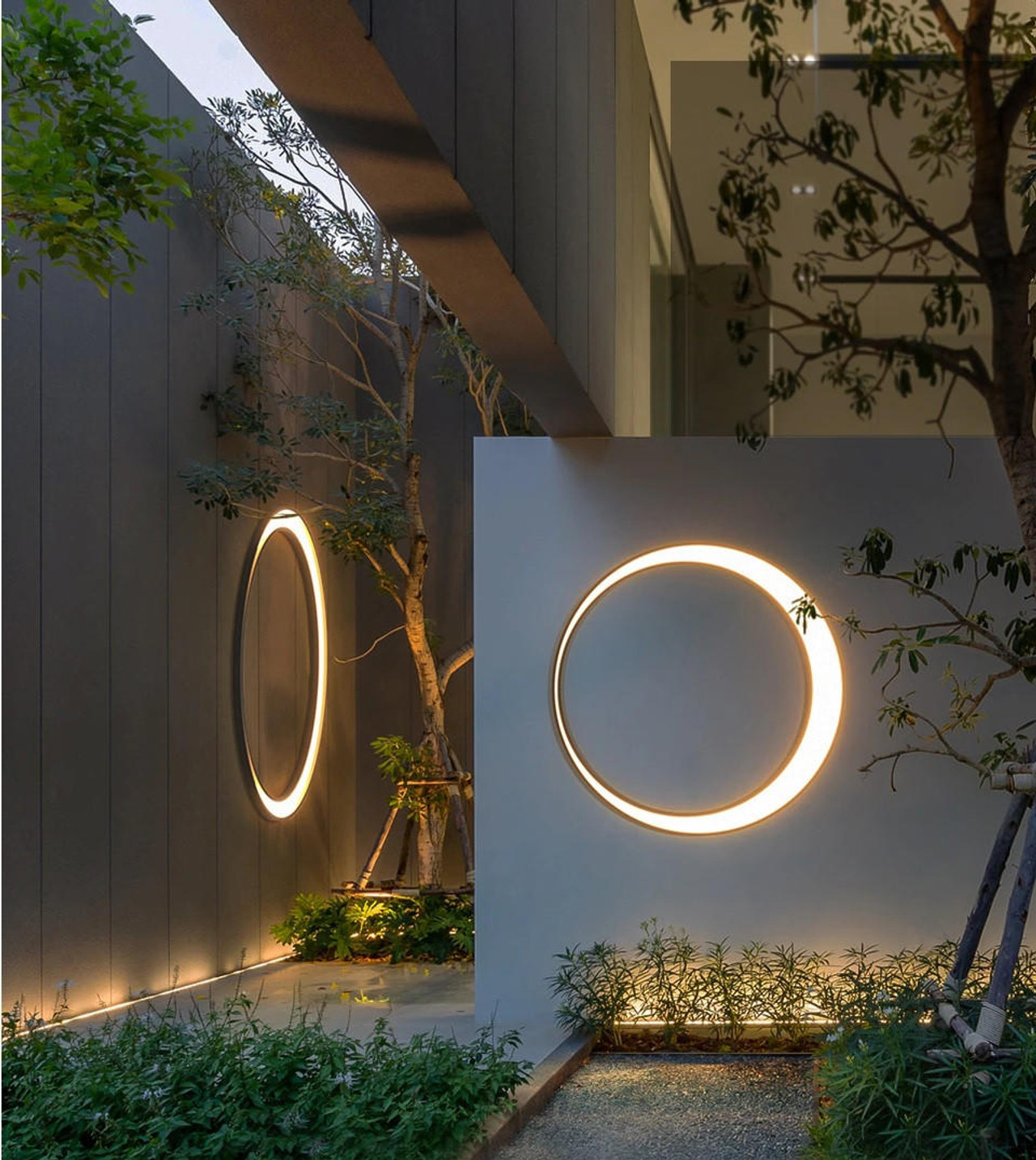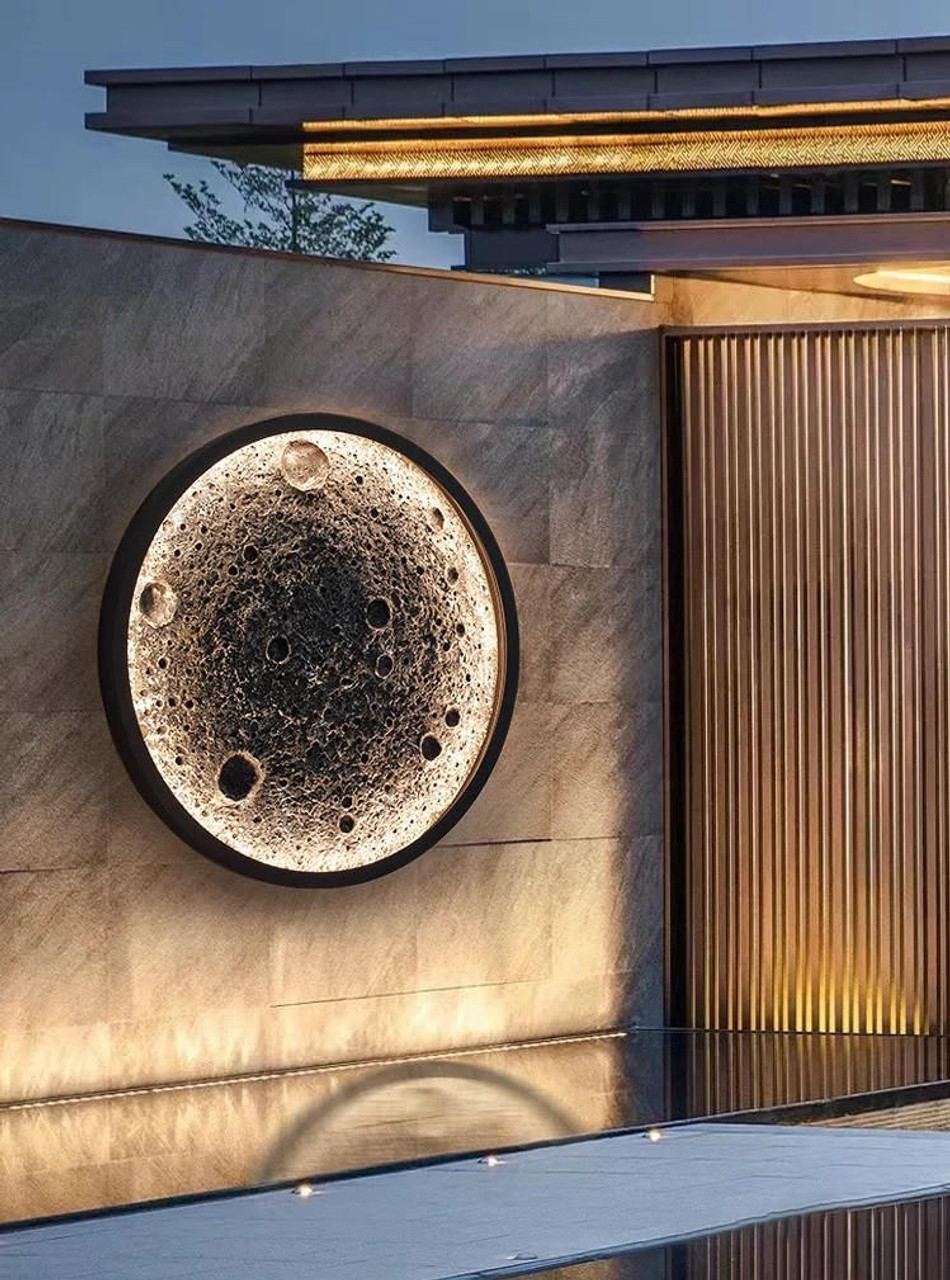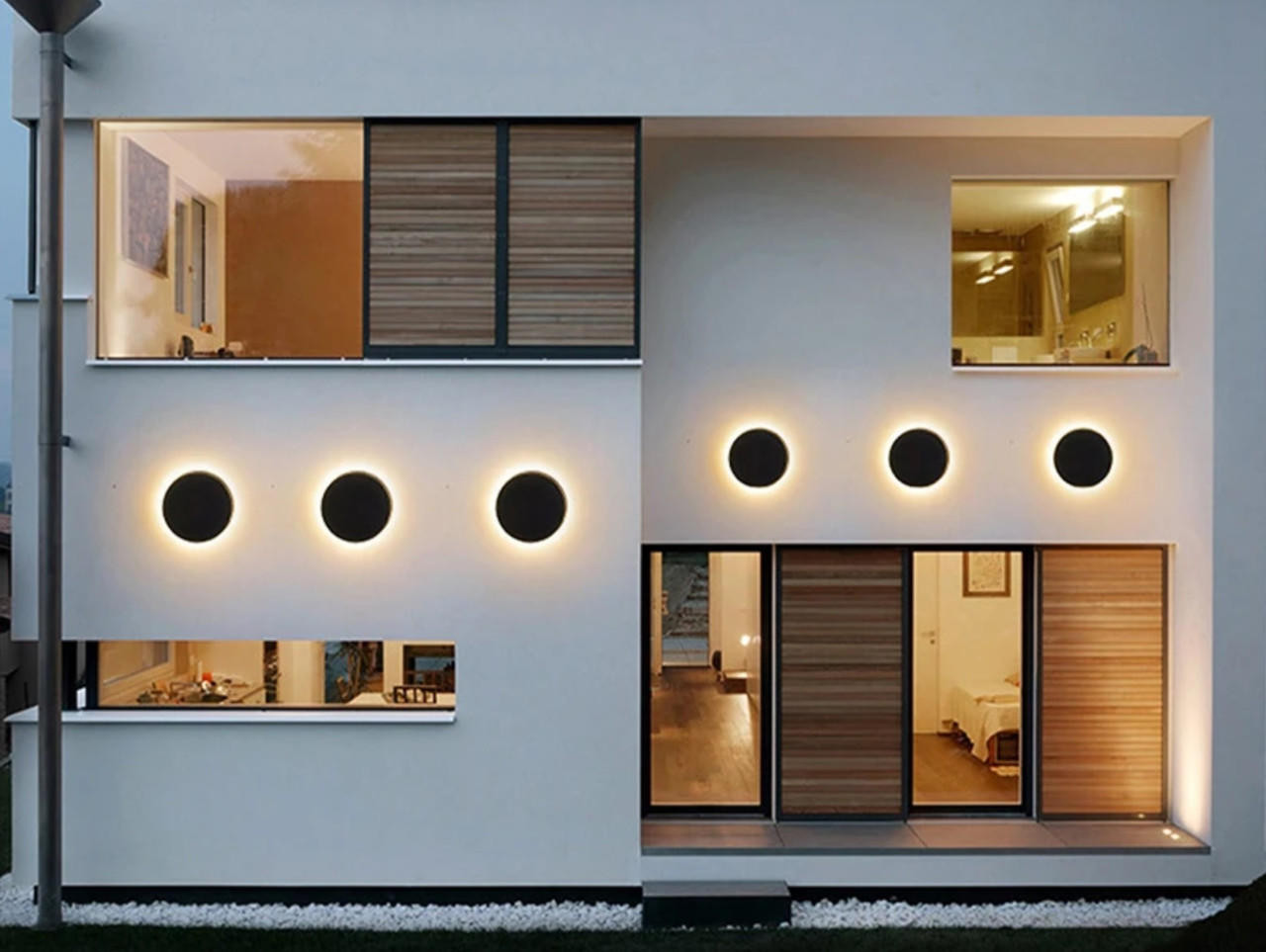Emotional Design: The Impact of Curves and Lines on Human Experience in Architecture
19th Aug 2024
Emotional Design: The Impact of Curves and Lines on Human Experience in Architecture
Architecture is more than just the creation of buildings and spaces; it's an art form that profoundly influences how we feel, interact, and even perceive the world around us. From the sweeping curves of a grand staircase to the sharp lines of a modern skyscraper, every design element in architecture has the potential to evoke emotions, shape experiences, and guide human behavior. This interplay between architectural forms and human psychology is what we call "emotional design."
In this blog post, we will explore the psychological impact of curves and lines in architecture, delving into how these fundamental shapes influence our emotions and interactions within spaces. By understanding the power of these design elements, architects, designers, and even homeowners can create environments that not only function well but also resonate on a deeper, emotional level.
The Language of Curves and Lines
Before we delve into the emotional impact of curves and lines, it's important to understand that these shapes are not just aesthetic choices; they are a form of language. In architecture, curves and lines communicate ideas, set moods, and even tell stories. Like the notes in a musical composition, these design elements come together to create harmony, tension, or excitement, depending on how they are used.
Curves: The Soft Embrace
Curves are one of the most powerful design elements in architecture, often associated with softness, fluidity, and a sense of comfort. They can evoke feelings of warmth, safety, and nurturing, much like the gentle curves found in nature, such as hills, rivers, or the human body.
Psychological Impact of Curves
Curves have a profound impact on our psychology. Research in environmental psychology has shown that curved forms are generally perceived as more pleasing and less threatening than angular shapes. This is because, from an evolutionary perspective, sharp angles and edges are associated with danger (think of a predator's teeth or a thorny bush), while curves are associated with safety and relaxation.
When we encounter curved forms in architecture, our brains tend to process them as more welcoming and approachable. This can lead to a reduction in stress levels and an overall feeling of well-being. For example, a room with curved walls or furniture can feel more comfortable and inviting, making it easier for people to relax and engage with the space.
Curves also have a unique way of guiding movement and flow within a space. Unlike straight lines, which can create a sense of direction or boundary, curves gently lead the eye and body through a space, encouraging exploration and discovery. This can make a space feel more dynamic and alive, as people are naturally drawn to move through it in a fluid, organic manner.
Curves in Practice
One of the most famous examples of curves in architecture is the Guggenheim Museum in New York, designed by Frank Lloyd Wright. The building's spiraling form is not only visually striking but also creates a unique experience for visitors. As they move through the museum, they are gently guided by the curved walls, creating a sense of continuous flow and connection with the art on display.
Another example is Zaha Hadid's Heydar Aliyev Center in Baku, Azerbaijan. The building's fluid, wave-like design blurs the lines between architecture and sculpture, creating a space that feels almost alive. The curves of the building evoke a sense of movement and energy, inviting visitors to explore its flowing interior spaces.
Lines: The Precision of Order
While curves are associated with softness and fluidity, lines represent structure, order, and precision. Straight lines are the backbone of architectural design, creating the framework that holds a space together. They are the elements that define boundaries, establish direction, and create a sense of discipline.
Psychological Impact of Lines
Lines have a different psychological impact than curves. They are often associated with control, stability, and strength. Straight lines can create a sense of order and predictability, which can be comforting in its own right. However, depending on how they are used, lines can also evoke feelings of rigidity, coldness, or even aggression.
Vertical lines, for example, are often associated with power and aspiration. They draw the eye upward, creating a sense of height and grandeur. This is why many monumental buildings, such as cathedrals and skyscrapers, feature strong vertical lines—they convey a sense of importance and dominance.
Horizontal lines, on the other hand, are associated with stability and tranquility. They create a sense of calm and balance, grounding the space and making it feel more expansive. This is why many residential buildings and interiors use horizontal lines to create a sense of comfort and relaxation.
Diagonal lines, meanwhile, introduce a sense of dynamism and movement. They can create tension or excitement, leading the eye through the space in a more active way. However, too many diagonal lines can create a sense of chaos or instability, so they need to be used carefully.
Lines in Practice
The use of lines in architecture can be seen in the design of the Seagram Building in New York City, designed by Ludwig Mies van der Rohe. The building's minimalist design is defined by its straight, vertical lines, which create a sense of strength and elegance. The clean lines of the building's facade give it a timeless quality, emphasizing the power of simplicity and order.
Another example is the Villa Savoye by Le Corbusier, which uses horizontal lines to create a sense of calm and openness. The building's long, horizontal windows and flat roofline emphasize the connection between the interior space and the surrounding landscape, creating a seamless transition between inside and outside.
The Interaction of Curves and Lines
While curves and lines have distinct psychological effects on their own, the real magic happens when they interact with each other. The contrast between curves and lines can create a dynamic tension within a space, balancing softness with structure, fluidity with order.
Balancing Softness and Structure
One of the most powerful ways to use curves and lines in architecture is to balance them against each other. For example, a building might feature a strong, linear facade that is softened by the addition of curved elements, such as arched doorways or rounded corners. This combination creates a sense of harmony, where the structure feels solid and reliable, but not overly harsh or intimidating.
This balance can also be achieved within interior spaces. A room with straight, angular furniture can feel cold and uninviting, but the addition of curved elements, such as a circular rug or a rounded table, can soften the space and make it feel more welcoming. Similarly, a space that is dominated by curves can benefit from the addition of straight lines to provide a sense of structure and order.
Creating Dynamic Spaces
The interaction of curves and lines can also be used to create dynamic, energetic spaces. By juxtaposing these elements, architects can create a sense of movement and excitement within a space, encouraging exploration and engagement.
For example, a hallway with straight, parallel lines might feel long and monotonous, but by introducing curved elements, such as a gently arched ceiling or wavy wall panels, the space becomes more interesting and inviting. The curves break up the monotony of the lines, creating a rhythm that draws people through the space.
In more complex spaces, the interplay of curves and lines can create a sense of drama and tension. For instance, in the design of concert halls or theaters, sharp, angular lines might be used to create a sense of excitement and anticipation, while curved elements soften the space, making it feel more comfortable and inviting.
Symbolism and Meaning
Beyond their psychological effects, curves and lines in architecture also carry symbolic meaning. These shapes can be used to convey ideas or tell stories, adding layers of meaning to a space.
For example, in religious architecture, the use of curves and lines is often highly symbolic. The upward-reaching lines of a cathedral’s spires represent a connection to the divine, while the gentle curves of an arch might symbolize the heavens or the embrace of a higher power. In modern architecture, curves and lines can be used to represent progress, innovation, or a connection to nature.
The symbolic use of curves and lines can also be seen in cultural or historical contexts. In traditional Japanese architecture, for instance, the use of horizontal lines and gentle curves reflects a deep connection to the natural world and a focus on harmony and balance. In contrast, the angular lines of Brutalist architecture convey strength, functionality, and a rejection of ornamentation.
Emotional Design in Practice
To see the principles of emotional design in action, we can look at a few examples of contemporary architecture that use curves and lines to create powerful emotional experiences.
The Sydney Opera House
The Sydney Opera House, designed by Danish architect Jørn Utzon, is one of the most iconic examples of emotional design in architecture. The building’s sweeping, sail-like curves are not only visually stunning but also evoke a sense of movement and energy, reflecting the dynamic nature of the performances that take place within.
The Opera House’s design is a perfect example of how curves can create a sense of drama and excitement. The building’s organic, flowing forms contrast sharply with the straight lines of the surrounding cityscape, making it stand out as a symbol of creativity and artistic expression.
The Louvre Pyramid
The glass pyramid at the entrance to the Louvre Museum in Paris, designed by architect I. M. Pei, is another example of how curves and lines can be used to create emotional impact. The pyramid’s sharp, angular lines create a sense of precision and modernity, while the transparency of the glass softens the structure, making it feel more open and inviting.
The contrast between the pyramid’s modern lines and the historic curves of the surrounding buildings creates a dialogue between old and new, tradition and innovation. This interplay of shapes invites visitors to engage with the space on multiple levels, both emotionally and intellectually.
The Walt Disney Concert Hall
Designed by Frank Gehry, the Walt Disney Concert Hall in Los Angeles is a masterclass in the use of curves to create emotional resonance. The building’s undulating, stainless steel exterior captures the light in constantly changing ways, creating a sense of movement and fluidity. The curves of the building evoke the feeling of music itself, reflecting the building’s purpose as a home for the Los Angeles Philharmonic.
Inside, the concert hall continues to play with curves and lines, creating a space that feels both intimate and grand. The curved walls of the auditorium help to create excellent acoustics while also making the space feel warm and inviting. Gehry’s design demonstrates how curves can be used to create a sense of flow and connection, both visually and emotionally.
Designing for Emotional Impact
So, how can architects and designers harness the power of curves and lines to create emotionally resonant spaces? Here are a few principles to keep in mind:
Consider the Emotional Goals
The first step in designing with emotional impact is to consider the emotional goals of the space. What feelings do you want to evoke in the people who use this space? Is it meant to be calming and serene, or dynamic and exciting? Understanding the emotional purpose of the space will guide your choice of curves and lines.
Balance Curves and Lines
A successful emotional design often involves a careful balance of curves and lines. Too many straight lines can make a space feel rigid and cold, while too many curves can make it feel chaotic or overly soft. By balancing these elements, you can create a space that feels harmonious and well-proportioned.
Use Curves to Guide Movement
Curves are excellent for guiding movement through a space. Whether it’s the gentle curve of a hallway or the sweeping arc of a staircase, these shapes can lead people through a space in a way that feels natural and intuitive. This can be especially important in public spaces, where you want to encourage flow and exploration.
Emphasize Key Features with Lines
Straight lines can be used to emphasize important features or create focal points within a space. For example, vertical lines can draw attention to a high ceiling or a dramatic window, while horizontal lines can create a sense of width and openness. Use lines to guide the eye and highlight the key elements of your design.
Think About the Human Scale
When designing with curves and lines, it’s important to consider the human scale. How do these shapes feel in relation to the size and proportions of the human body? Large, sweeping curves can create a sense of grandeur, while smaller, more intimate curves can make a space feel cozy and comfortable. Similarly, the scale of lines can affect how we perceive a space—thick, bold lines might feel strong and assertive, while thin, delicate lines can create a sense of elegance and refinement.
Conclusion: The Power of Emotional Design
Architecture is not just about creating functional spaces; it’s about creating experiences. The use of curves and lines in architecture is a powerful tool for shaping those experiences, influencing how we feel, how we interact with our environment, and how we connect with others.
By understanding the psychological impact of these shapes, architects and designers can create spaces that resonate on a deeper level, evoking emotions and telling stories that go beyond the physical structure. Whether it’s the soft embrace of a curved wall or the bold statement of a sharp line, these elements have the power to transform architecture into an emotional experience.
As we continue to explore the possibilities of design, the integration of curves and lines will remain a fundamental aspect of creating spaces that are not only beautiful but also meaningful and emotionally impactful. Whether in a home, a public building, or a cultural landmark, the careful consideration of these shapes can lead to environments that truly connect with the people who inhabit them.




